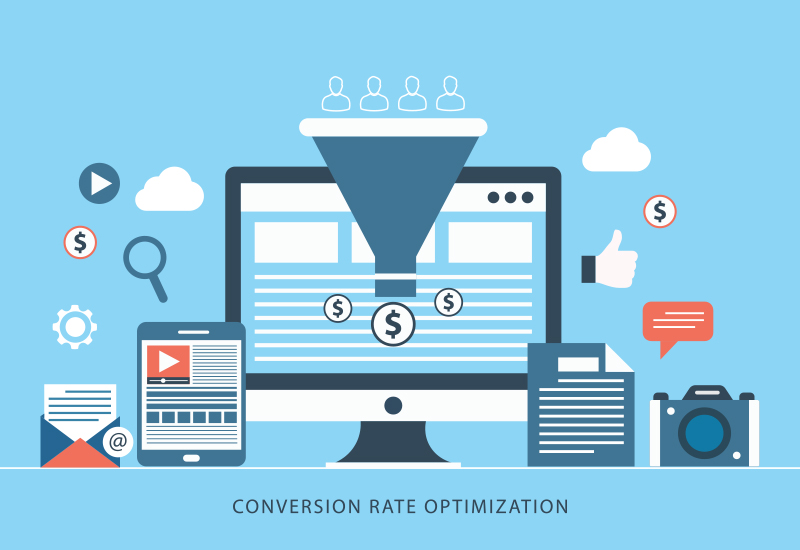If there is one term that all businesses and marketers know the significance of in the success of the business, then it’s undoubtedly this – Conversion Rate Optimization or CRO. Let’s start on the same page, by defining it once again here.
CRO is the systematic and planned process of increasing the number of visitors you get on your website to do a specific task like – subscribing to your email newsletter, purchase a product on a sales page, adding products to the shopping cart, etc.
Why is Conversion Rate Optimization no longer about Tactics?
A few years ago, when CRO was still in its nascent stage, there were plenty of marketing gurus who did a few tweaks on their websites, and subsequently proved that CRO rates were better. This strategy no longer works. Wondering why?
A few years ago, plenty of sites lacked basic usability fundamentals. The content size was too small, buttons were improperly placed, and the font style and colouring were all haphazard. In simple terms, most sites didn’t focus much on usability. At that time, marketers and website designers could make a few basic UX fixes (like choosing the right colour theme, style, positioning of buttons, etc.) and see improved CRO rates.
Today, however, we have come a long way since those early days of website design. A vast majority of the websites today are mobile-responsive, focus on usability, and are optimized from a user experience perspective. This means you cannot rely on popular conversion rate optimization techniques and tricks that focus on usability and aesthetics to see a significant jump in your CRO rates. You need to redefine your CRO strategy to see big wins.
Look at Conversion Rate Optimization as an Operating System
Here, the word Operating System does not refer to its technical origin. Instead, it represents a set of predefined rules that define how decisions are made. Marketers must stop seeing CRO as a set of tricks. Instead, they must look at it as building infrastructure. Instead of focusing on CRO after developing the website, it must play a crucial role right from the start.
Make use of the SHIP acronym to get your Conversion Rate Optimization strategy right. Let’s take a closer look at what each element in the acronym means:
S – Scrutinize
In this stage, you need to conduct an in-depth conversion and usability research that includes: identifying visitor paths and experiences, visitor intent, context of visit, the starting point of the experience and the finishing point, brand awareness of the visitor, level of the visitor in the sales funnel, persona development, and quantitative as well as qualitative research.
This stage sets you up for the changes that you will do in the next stages.
H – Hypothesize
In this stage, you need to focus on these three steps:
- Because of the data/feedback
- We expect that this change will cause this impact
- We plan to measure the impact using this data metric
You will have multiple hypotheses and multiple test ideas.
I – Implement and P – Propagate
Once you have completed the above two stages, it’s time to implement the tests you have designed. Depending on the results of the tests, you must decide whether you want to propagate or drop the idea.
Implementing the SHIP strategy for your CRO is not easy. It takes time, requires resources and the right team. But, once you implement it, you can watch your CRO rates increase significantly. You will stop focusing on tricks that aim for low-hanging fruits, and refine your CRO strategy to focus on long-term growth and sustainable results.




